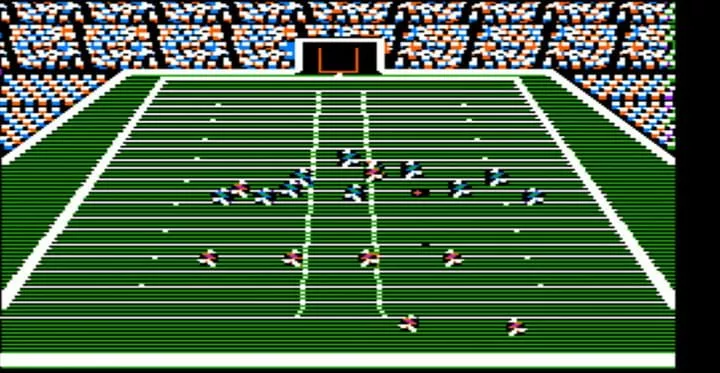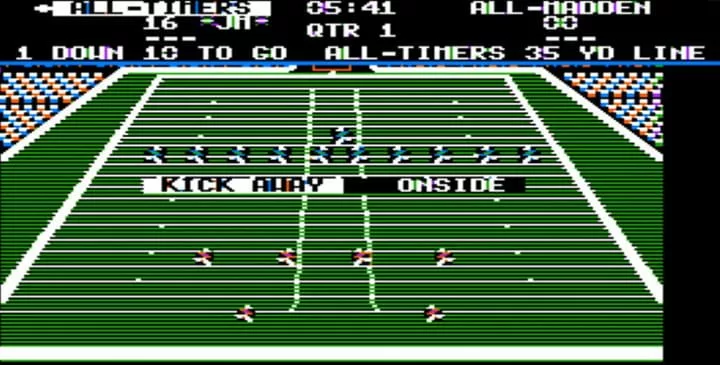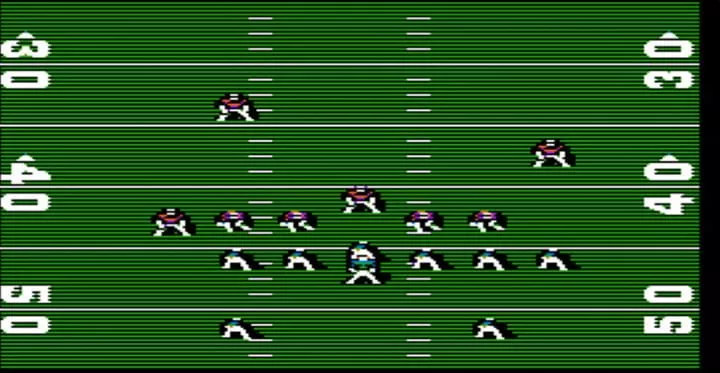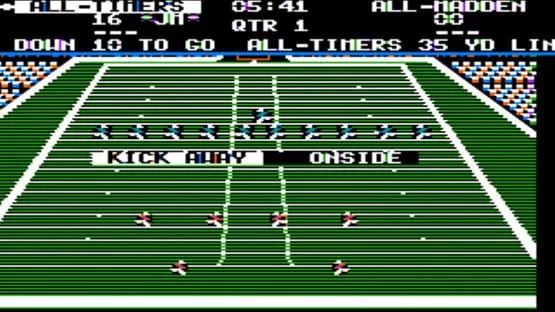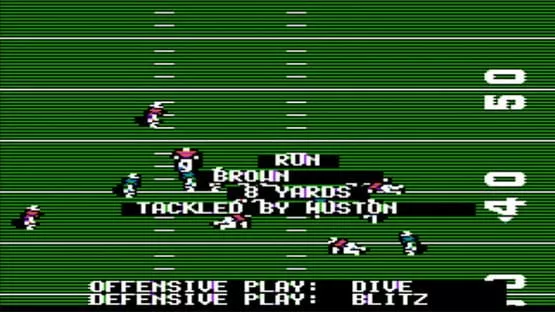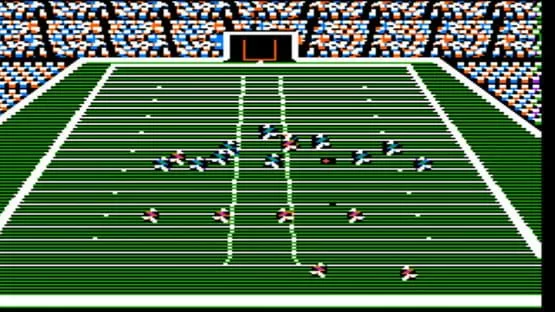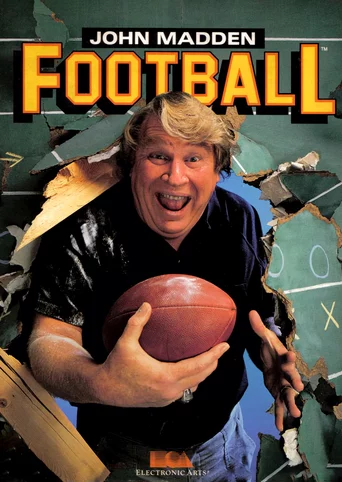
John Madden Football (1988)
Genres:Sport, Simulator
Themes:Non-fiction
Game modes:Single player, Multiplayer
Story:Old american football simulation co-designed by famous sportscaster John Madden. The first game in EA's long-running Madden series. Different versions of this game have been available on almost every platform - with the Mega Drive version being the most famous of them all. The game concentrates more on tactics than pure action.Show more
Vote to bring this game to GOG and help preserve it.23
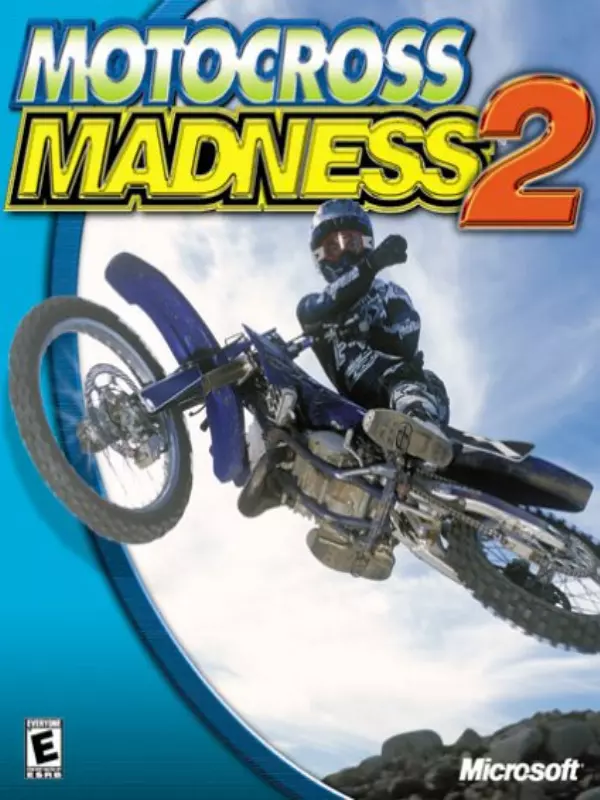
Motocross Madness 2Motocross Madness 2 is one of Microsoft's most popular games and also one of the most well received.
This sequel to Motocross Madness was released with improved graphics, which included better textures and many landscape objects like trees, roadsigns and caravans. It has over 40 tracks in 6 event types, over 50,000 3D objects and a new career mode. Players as well as bikes are easily customized. Motocross Madness also supports network play over a LAN environment and, until June 19, 2006, multiplayer gameplay through the MSN Gaming Network.Non-fiction Sandbox
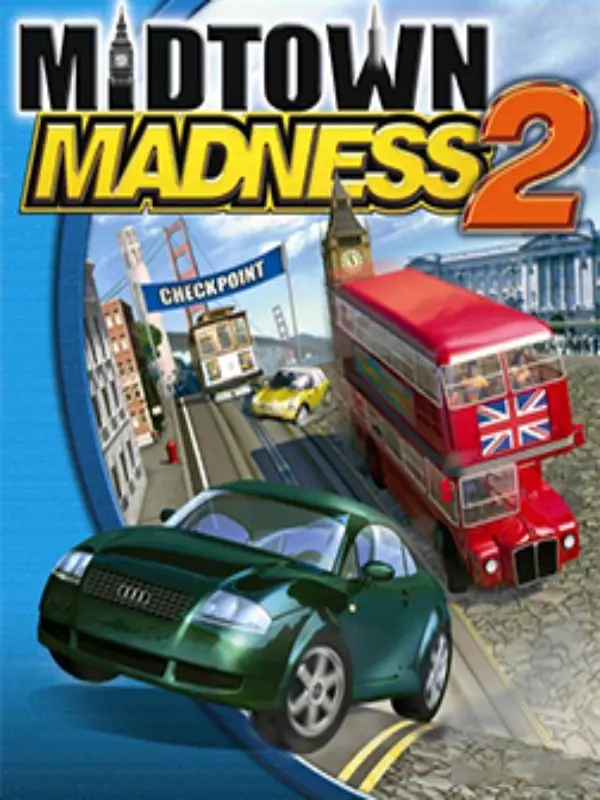
Midtown Madness 2Midtown Madness 2 is a free roam racing/arcade sequel to Midtown Madness, part of the Midtown Madness series, developed by Angel Studios (now Rockstar San Diego) and published by Microsoft, which features a range of vehicles that can be driven around London and San Francisco.Open world Sandbox
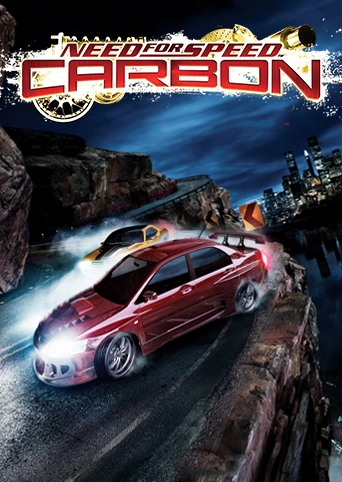
Need for Speed: CarbonNeed for Speed: Carbon, also known as NFS Carbon or NFSC, is an Electronic Arts video game in the Need for Speed series. Released in 2006, it is the tenth installment, preceded by Need for Speed: Most Wanted, succeeded by Need for Speed: ProStreet in release order and succeeded by Need for Speed: Undercover in chronological order. This was the first game in the series to gain the PEGI rating of 12+.[citation needed] The game is a sequel to 2005's Need for Speed: Most Wanted. The locations of both Most Wanted and Carbon (Rockport and Palmont, respectively) are featured in the 2010 MMO game, Need for Speed: World.
The PlayStation Portable, Nintendo DS and Game Boy Advance versions of the game are called Need for Speed Carbon: Own the City, set in a fictional city named Coast City with a significantly different storyline and also featuring different AI teammate abilities.[2] In 2009, a version of Own the City was also released on the Zeebo as a pre-installed game.[3]
Need for Speed: Carbon is the final game released for all sixth-generation consoles (excluding PlayStation 2)Open world
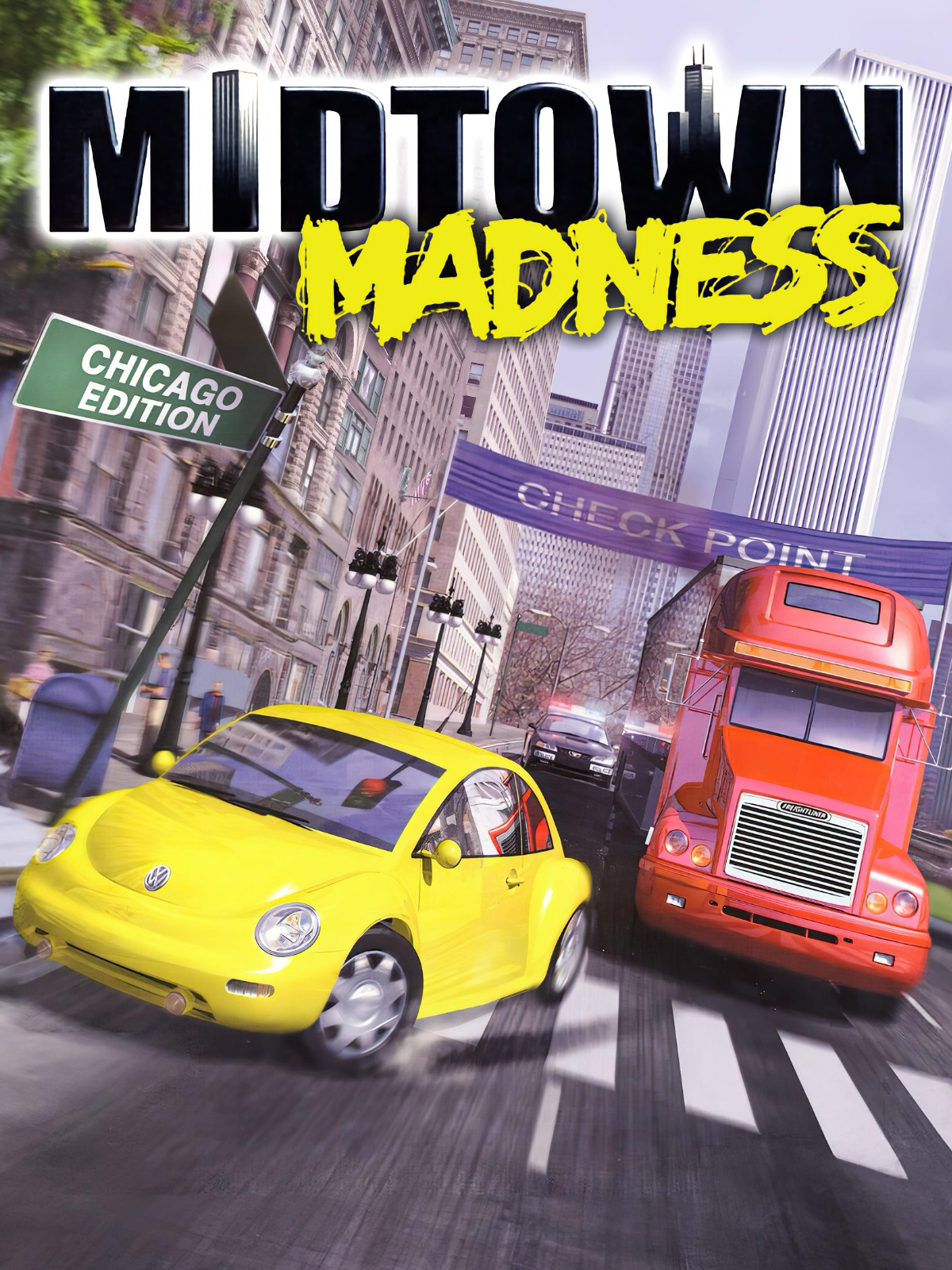
Midtown MadnessMidtown Madness (also known as Midtown Madness: Chicago Edition) is a racing game developed for Windows by Angel Studios (now Rockstar San Diego) and published by Microsoft. The demo version was released via download on May 1, 1999 and the completed game was released toward the end of May 1999.[1] Two sequels followed, with Midtown Madness 2 released in September 2000 and Midtown Madness 3 released in June 2003 for the Xbox. The game is set in Chicago and its objective is to win street races and obtain new cars.
Unlike racing games that restrict the player to a race track, Midtown Madness offers an open world recreation of Chicago. This setting was said to provide "an unprecedented degree of freedom to drive around in a virtual city".[2] Players can explore the city via one of several modes, and can determine the weather and traffic conditions for each race. The game supports multiplayer races over a local area network or the Internet. The game received generally positive reviews from gaming websites.[3]Open world Action
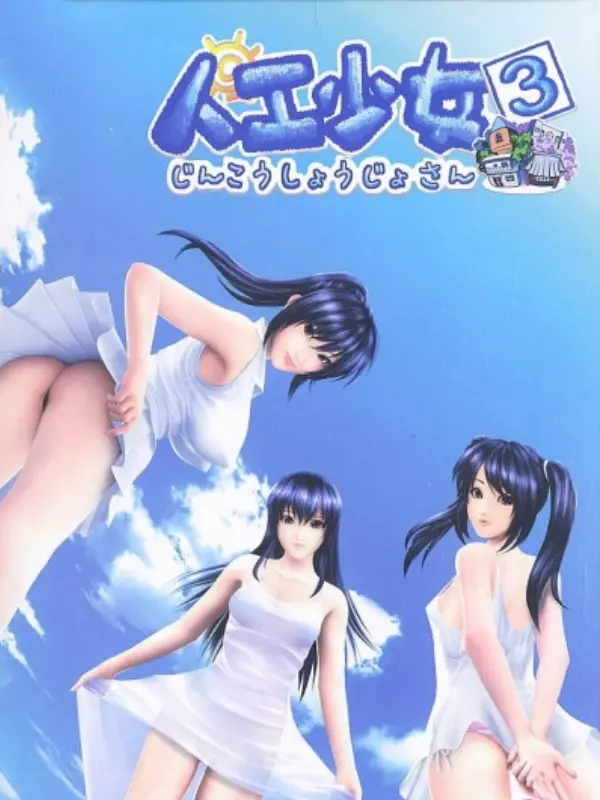
Artificial Girl 3Artificial Girl 3 is an eroge (hentai game) and is the sequel to Artificial Girl 2.
The gameplay involves being a guy and living a life with one or many girls (whose various characteristics are set by the player).
The game is considered by the playerbase to be one of Illusion's finest games.Erotic

Megami Paradise 2Megami Paradise 2 is a sequel to Megami Paradise released by PC Engine in 1994. Megami Paradise was an RPG game, but Megami Paradise 2 is a battle simulation game.New Action Fantasy Comedy
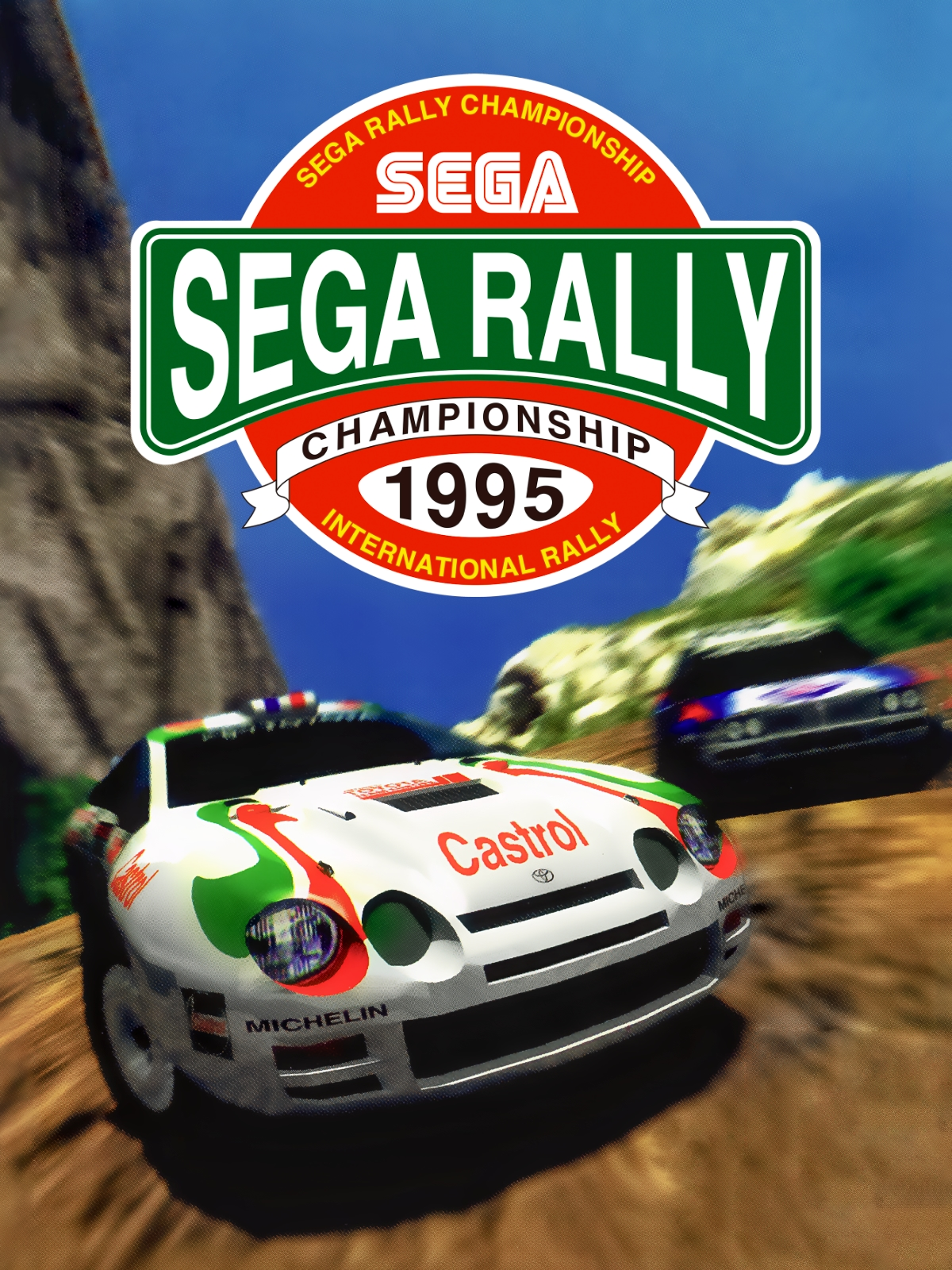
Sega Rally ChampionshipSega Rally Championship is a 1994 arcade racing game developed by AM5 on the Sega Model 2 board. The unique selling point of Sega Rally was the ability to drive on different surfaces (including asphalt, gravel and mud), with different friction properties, with the car's handling changing accordingly. As the first racing game to incorporate this feature, Sega Rally is considered to be one of the milestones in the evolution of the racing game genre.
The music for the arcade game was composed by Takenobu Mitsuyoshi, while the Sega Saturn port's soundtrack was done by Naofumi Hataya and the Guitar were played by Joe Satriani.

Tom Clancy's Rainbow Six 3: Raven ShieldA tactical shooter with realistic properties, it adapts various features absent in previous installments of the franchise such as the ability to see one's weapon while in first-person view, many new weapons and upgrades, as well as a redesigned multiplayer.Action
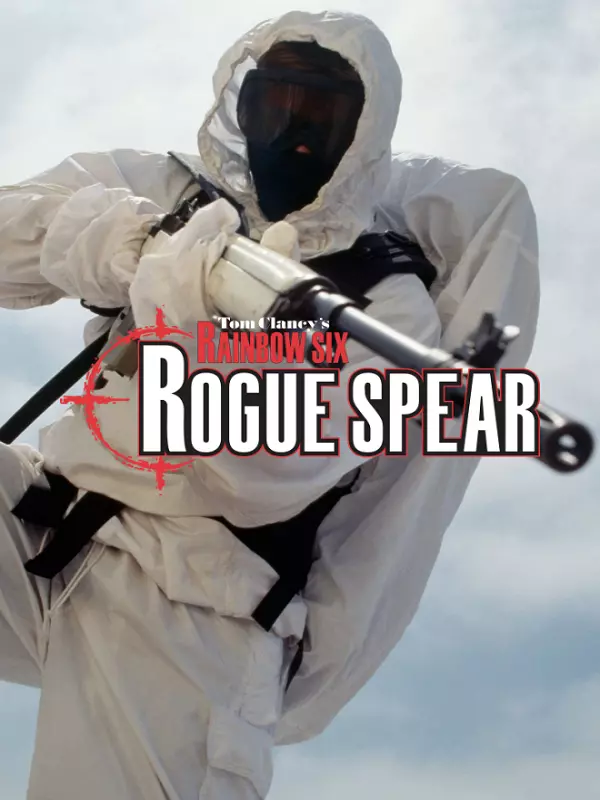
Tom Clancy's Rainbow Six: Rogue SpearFollowing the collapse of the Soviet Union in 1991, the economic situation in Russia and the former Eastern Europe falls into chaos. Terrorism in the region is commonplace as people fight a seemingly endless stream of battles for supplies and other necessities. In this power vacuum though a dangerous a situation arises: the Russian mafia has begun buying up surplus military equipment with the assistance of current members of the Russian Army. During one such arms deal Rainbow forces raid the meeting grounds and recover weapons grade plutonium, tracing the fissile material to a nearby naval base.Action Warfare
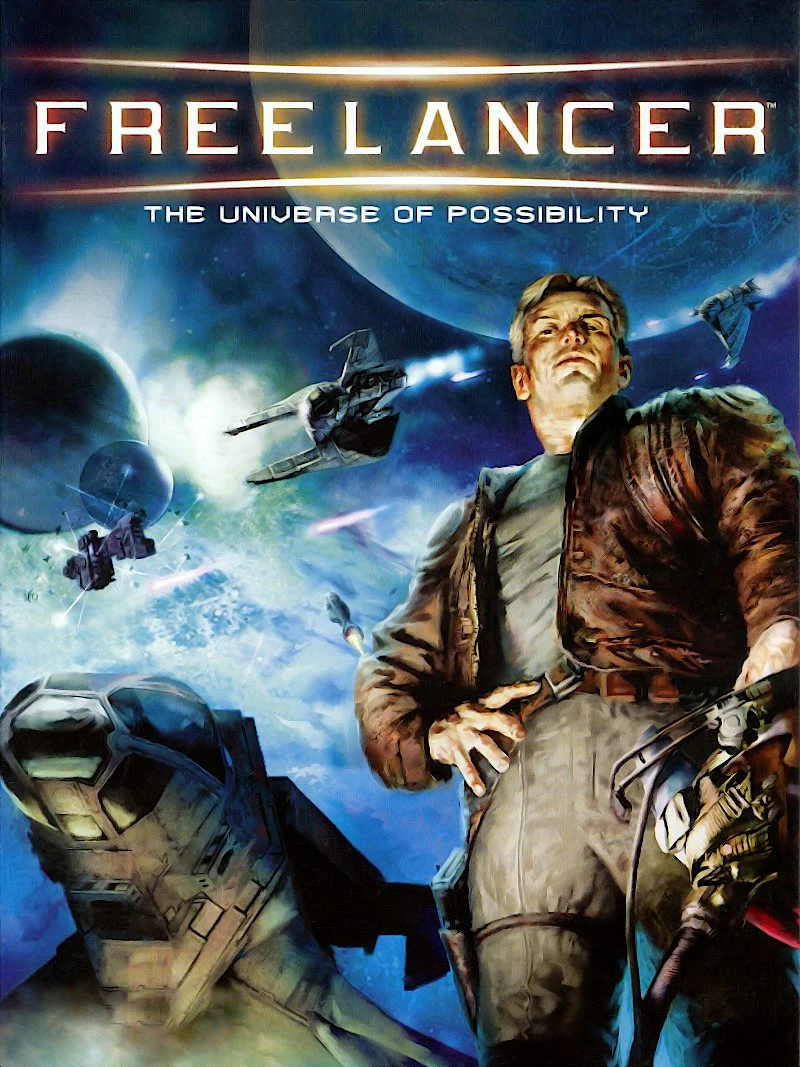
FreelancerEight hundred years prior to the start of our story, bitter conflict divided all of mankind. A handful of colonists struck out on their own to begin anew - far away from the Earth and its turmoil. Several ships were launched with enough equipment and supplies to give the hundreds onboard a fighting chance - but since the area around far-off Sirius had never been surveyed, no one really knew what to expect. What they found was a new frontier of free-flowing natural resources, unexplored territories, great wonders and lurking dangers. Each ship, representing the clusters of people and their earthly place of origin, settled into different parts of the galaxy pre-selected by their ship-board computer to give them the best chance of survival.
Life was hard in the beginning, but over the 800 years the different colonies prospered and expanded their territories, claiming more and more systems for their own. Survival and propagation eventually led to growth and profit as each of the colonies developed specialties and fostered commerce. As the colonies grew and time passed their connections with their roots on Earth dwindled and they lost their memories of the conflicts of the past. Soon their attention was dominated by new, more immediate conflicts. Feelings of lost ancestral connection spurred anachronism in the look of the great cities, and created a somewhat distorted image of each colony's cultural heritage. In the ever-expanding outer edge of the territories, frontier lawlessness prevailed.
The Houses: Each shipboard colony that left Earth carried some memory of its origins in its name. The Liberty carried Americans, The Bretonia flew from The United Kingdom and surrounding territory, The Kusari from Asia, and the Rheinland launched with Germanic cargo.
As each ship settled and colonies began to expand, they knew little about each other and their advancing development. Finally, little by little, the individual colonies found each other and began to set up trade routes to link their systems for commerce and solidarity.
Today, with each colony firmly rooted in its respective corner of the galaxy, the colonies rely heavily on each other for trade and industry but also compete for resources and new territories in the Border Worlds. The colonies mandate member governments in "The New Alliance" within the Sirius sector. To control conflicts, each colony has forged alliances and treaties with others as they have grown. Competition remains fierce, however. Struggles rage for supremacy in business, commerce, resources, power and control. There can be tenuous peace between colonies' political agendas, but the grabs for holdings constantly unsettle the volatile frontier.Our Pick Top Trending Science fiction Sandbox
